Saudi pledges ‘measurable’ oil supply boost as OPEC, Russia agree deal
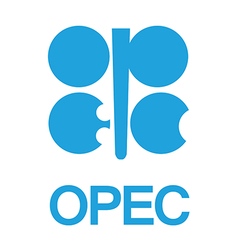
VIENNA (Reuters) – OPEC agreed with Russia and other oil-producing allies on Saturday to raise output from July, with Saudi Arabia pledging a “measurable” supply boost but giving no specific numbers.
The Organization of the Petroleum Exporting Countries had announced an OPEC-only production agreement on Friday, also without clear output targets. Benchmark Brent oil rose by $2.5 or 3.4 percent on the day to $75.55 a barrel.
On Saturday, non-OPEC oil producers agreed to participate in the pact but a communique issued after their talks with the Vienna-based group provided no concrete numbers amid deep disagreements between OPEC arch-rivals Saudi Arabia and Iran.
U.S. President Donald Trump was among those wondering how much more oil OPEC would deliver. “Hope OPEC will increase output substantially. Need to keep prices down!” Trump wrote on Twitter after OPEC announced its Friday decision.
The United States, China and India had urged oil producers to release more supply to prevent an oil deficit that could undermine global economic growth.
OPEC and non-OPEC said in their statement that they would raise supply by returning to 100 percent compliance with previously agreed output cuts, after months of underproduction.
Saudi Energy Minister Khalid al-Falih said OPEC and non-OPEC combined would pump roughly an extra 1 million barrels per day (bpd) in coming months, equal to 1 percent of global supply.
Top global exporter Saudi Arabia will increase output by hundreds of thousands of barrels, he said, with exact figures to be decided later.
“We already mobilized the Aramco machinery, before coming to Vienna, pre-empting this meeting,” Falih said, referring to the Saudi state oil company.
Russian Energy Minister Alexander Novak said his country would add 200,000 bpd in the second half of this year.
Asked to what extent the decision to increase supply had been driven by pressure from Trump, Novak said: “It is obvious that we are not being driven by tweets but base our actions on deep market analysis.”
Iran, OPEC’s third-largest producer, had demanded OPEC reject calls from Trump for an increase in oil supply, arguing that he had contributed to a recent rise in prices by imposing sanctions on Iran and fellow member Venezuela.
Trump slapped fresh sanctions on Tehran in May and market watchers expect Iran’s output to drop by a third by the end of 2018. That means the country has little to gain from a deal to raise output, unlike Saudi Arabia.
Iranian Oil Minister Bijan Zanganeh said the real increase could amount to as little as 500,000 bpd because Saudi Arabia would not be allowed to pump more on behalf of Venezuela, where output has collapsed in recent months.
“Each country which has produced less (than its allocation) can produce more. Those which cannot, will not… This means that Saudi Arabia can increase its production by less than 100,000 bpd,” Zanganeh told Argus Media.
But Falih said pro-rata quota reallocations did not have to be strict, meaning Saudi wanted to fill the gaps left by others.
“Some of the countries … are not going to be able to produce, so the others will. And that implies there will be indirectly a reallocation,” Falih said.
He also said OPEC could hold an extraordinary meeting before its next formal talks due on Dec. 3 or adjust deliveries in September, when its monitoring committee meets, if global oil supply fell further because of sanctions on Iran.
But unexpected outages in Venezuela, Libya and Angola have effectively brought supply cuts to around 2.8 million bpd in recent months.
Falih has warned the world could face a supply deficit of up to 1.8 million bpd in the second half of 2018.

“Both Saudi and Iran can show that they won,” an OPEC delegate said.
“Zanganeh can go back to his country and say ‘I won’, because we are keeping the original agreement unchanged. Falih can go back and say ‘we will be able to raise production to meet market needs’.”
The United States, which rivals Russia and Saudi Arabia for the position of world No.1 oil producer, is not participating in the supply pact.



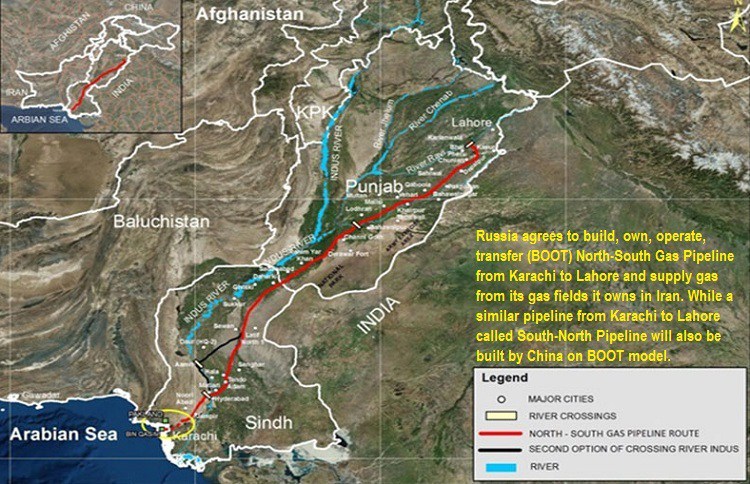
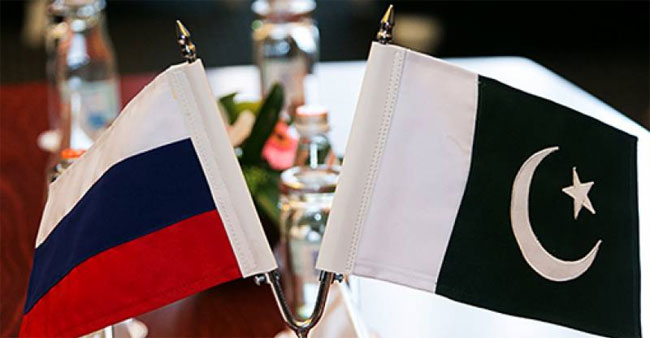



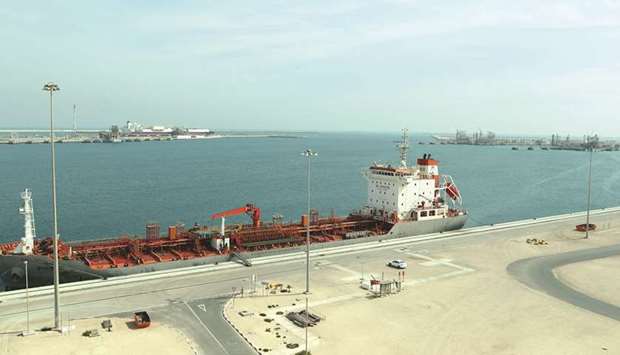
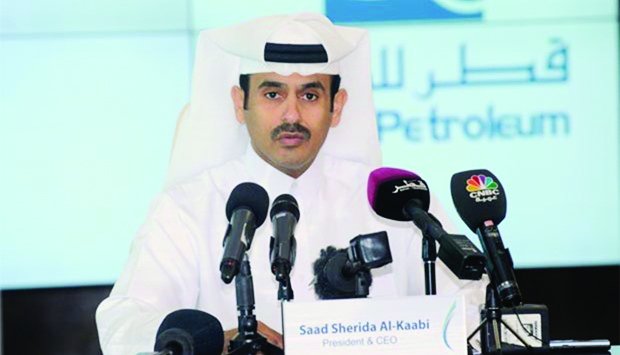

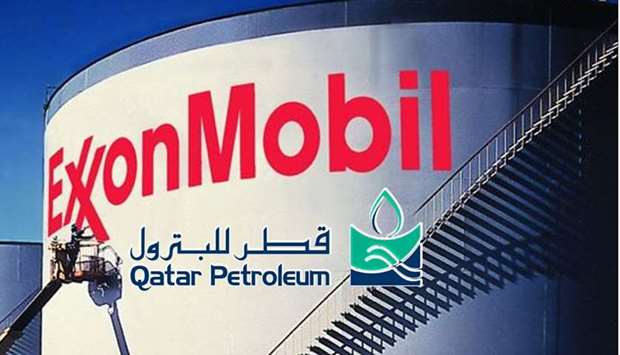
PARIS – In April, governments from around the world agreed to a $13 billion capital increase for the World Bank Group, sending a clear signal that multilateralism is far from dead. The additional funding will strengthen the WBG’s capacity to support development projects around the world. But it also raises critical questions about how best to deploy the new funds and raise public capital in the future.
Meeting the 2030 United Nations Sustainable Development Goals(SDGs), as well as the WBG’s own goal of taking development finance from “from billions to trillions,” requires maximizing the potential of the latest capital increase. And to do that will require building a new architecture for development finance, so that a multitude of actors operating with limited resources have incentives to optimize performance, pursue joint action, and avoid duplicating one another’s efforts.
A new framework will force all stakeholders – including the WBG, regional development banks, bilateral agencies, the European Investment Bank (EIB), and other institutions – to reexamine their role in the larger system. We know from past experience that by strengthening the WBG, the use of public and private capital in development finance could become more fragmented. To avoid that outcome, we need a system that motivates diverse parties to work together transparently.
A key focus should be on reinforcing the “billions-to-trillions” approach, which focuses on mobilizing private-sector capital and ensuring the best use of public-sector capital. Accordingly, the increase in public money must not be allowed to deter private-sector contributions through hidden competition or a “crowding out” effect. Addressing these concerns will require a more clearly defined division of labor when it comes to allocating risks and responsibilities.
Moreover, it is time to rethink official development assistance (aid from governments), which remains crucial for alleviating poverty, protecting human dignity, and financing basic services for people in places where no other financial resources are available. Owing to limited investment in the SDGs, ODA must be deployed in such a way that it attracts additional financing, or channels existing resources through blended-finance (public-private) mechanisms.
As majority shareholders in the multilateral development-bank system, the largest contributors of ODA have a key role to play in aligning public- and private-sector incentives. By coming together, they can steer the international community toward a system based on shared goals and collective responsibility.
The WBG’s capital increase offers reassurance at a critical moment for multilateralism. But it should not be treated as an excuse to stop innovating, or to take the easy route of relying solely on public capital, while avoiding the difficult task of pursuing blended-finance approaches. Rather, we must seize the moment to address the sources of fragility, conflict, and violence around the world, and to create an encouraging environment for more private-sector investment. Only by maintaining the current momentum can we move the SDG agenda forward.
Until now, blended-finance mechanisms for mobilizing private capital have been used mostly in relatively stable middle-income countries. According to a recent OECD study, nearly 43% of the private finance raised by such mechanisms between 2012 and 2015 was used in upper-middle-income countries, while only 7% was put to work in the least-developed countries.
It is vitally important to expand the use of blended finance in fragile and low-income countries. Development banks’ private-sector arms will need to do more to target their capital outlays in ways that mitigate risk and attract private-sector capital, rather than inadvertently crowding it out.
The world is just a few years into the SDG agenda. But it is already clear that achieving it will require new incentives for public and private actors to direct investments toward those who are at risk of being left behind. That means creating a system in which public funds are consistently targeted at the right areas, and for the right purposes.
At a time of populist agitation against multilateral institutions, the WBG’s capital increase is a notable achievement in itself. But the current political environment makes it all the more important that we get the next phase of development finance right. We must stay focused on building and maintaining a cohesive architecture for meeting the SDGs and other international commitments, such as those embodied in the Paris climate agreement.
Change will not happen on its own. So, rather than being at the mercy of global financial flows, we must harness finance as a tool for achieving our goals. Doing so will require genuine, long-term engagement on the part of “shareholders,” and pressure from engaged citizens the world over.